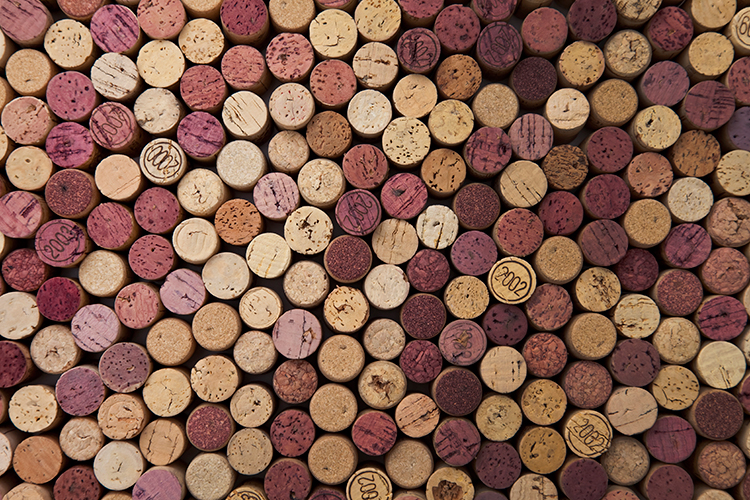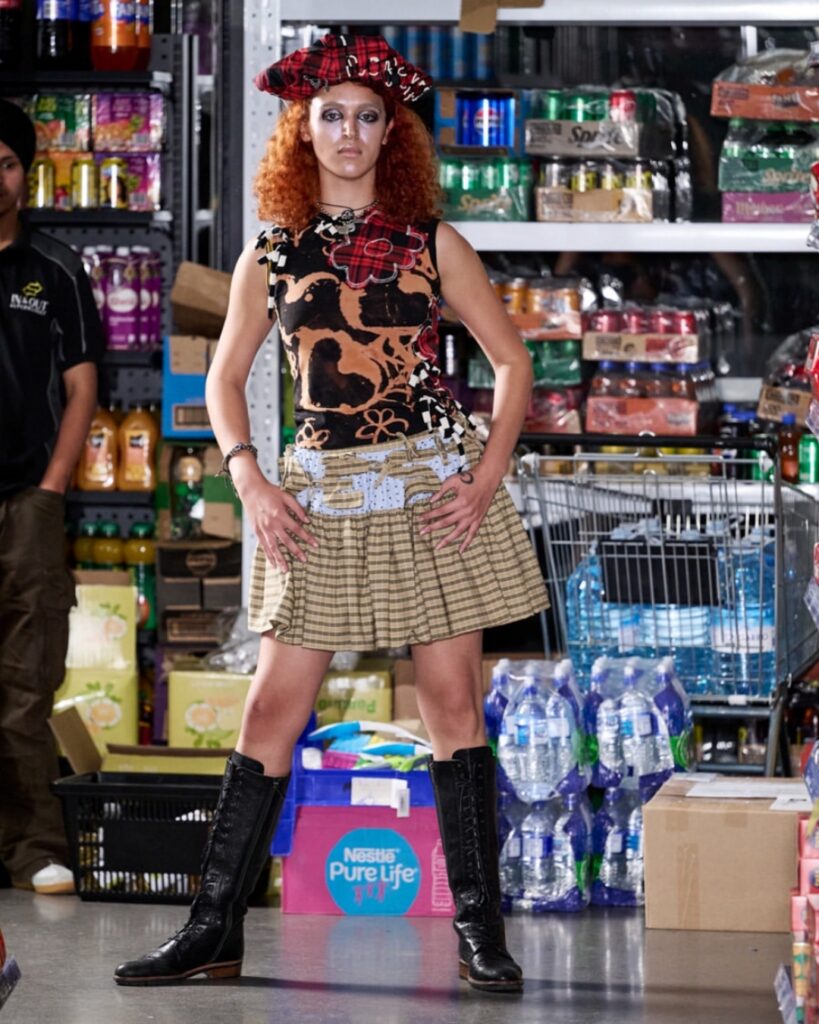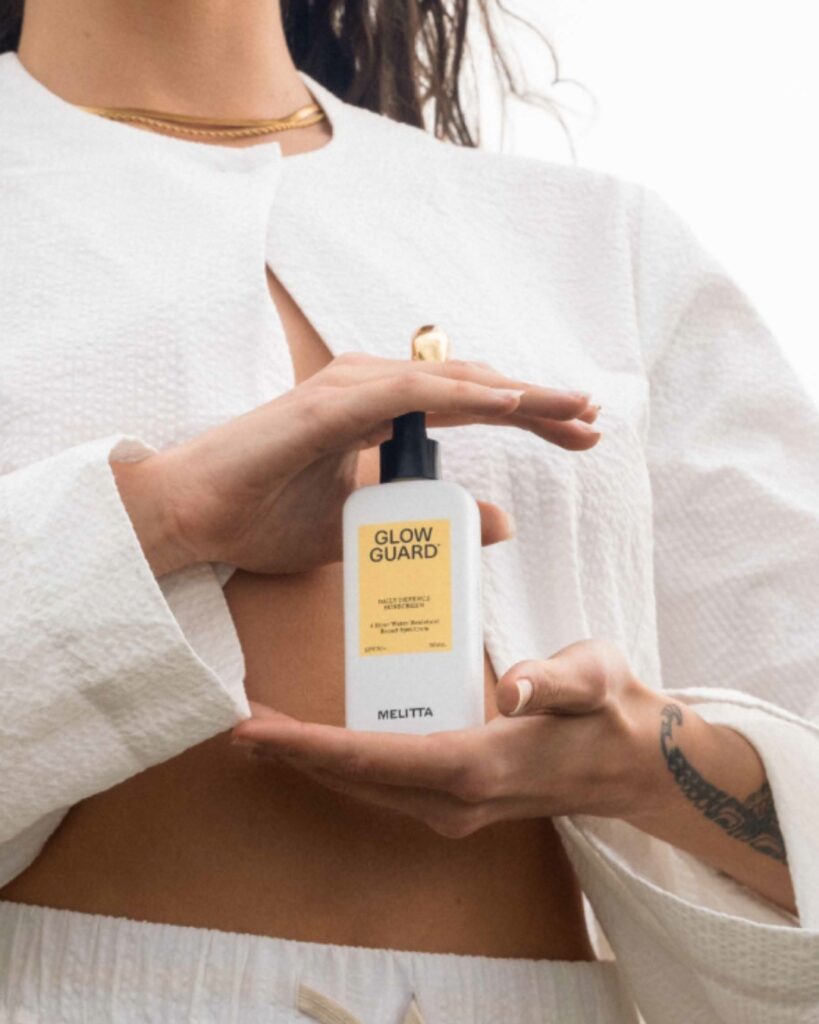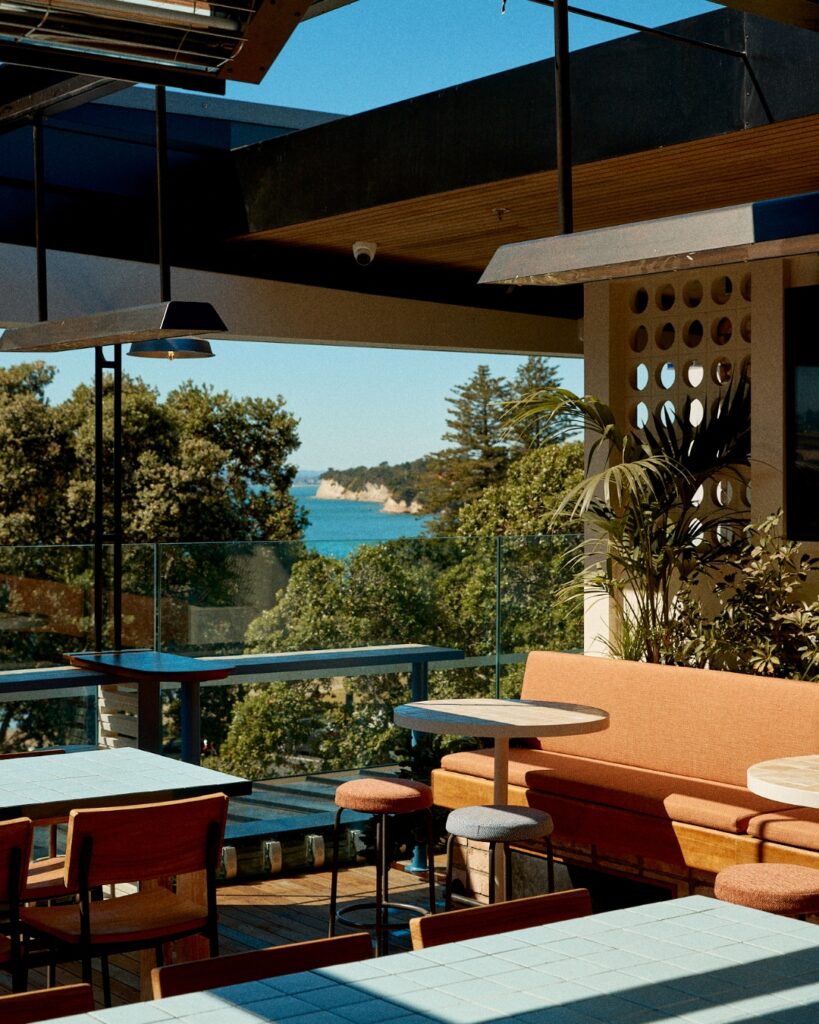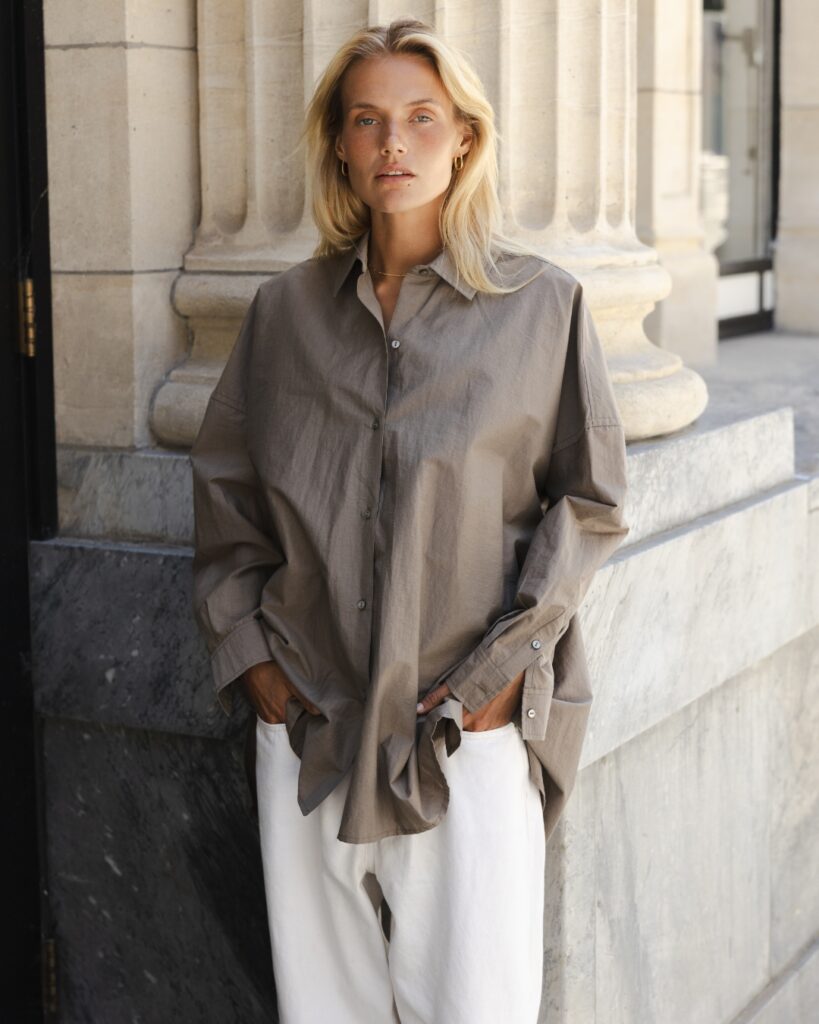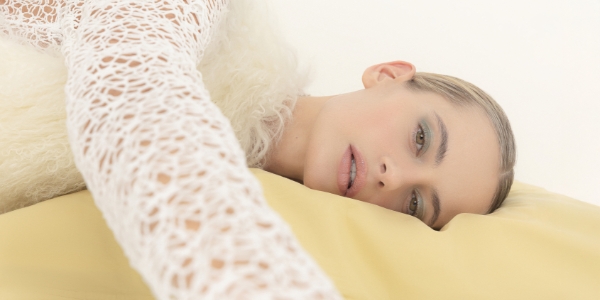There’s nothing more pleasant than relaxing on a warm evening, glass of wine in hand. Sarah Thornton discovers what varieties are hot this season and gets the lowdown on light wines.
We are a nation of drinkers; last year sipping our way through more than 126 million bottles of local and imported wine, mostly sauvignon blanc, pinot noir and bubbly. New Zealand produces around 1 per cent of the world’s wine, making us a tiny player in the global industry. At last count there were 698 wineries here, spread across 10 wine-growing regions. Unlike the wines from Europe, our ‘new world’ wines are distinctive for their purity, vibrancy and freshness.
While Marlborough may be the spiritual home of sauvignon blanc and takes the honours for putting New Zealand on the international wine map, there are several other major wine-growing regions throughout the country, including Northland, Auckland, Gisborne, Wairarapa and Hawke’s Bay in the North Island and Central Otago and Canterbury in the South Island.
Pinot noir from Martinborough, Marlborough and Central Otago, merlot and syrah from Hawke’s Bay, and Gisborne chardonnay are just a few of our stellar varieties, although we do produce some incredible sparkling wines and aromatic whites.
CHANGING PALATES
As consumers, our palates have matured since the heady days of the 1970s and ’80s when we were devoted to sickly, bland wines like Blue Nun, Wohnsiedler Müller-Thurgau and Blenheimer. For the more sophisticated 1980s wine drinker, there was Marque Vue and Asti Spumante and a line was firmly drawn at anything in a cask. As our tastes and New Zealand’s food culture have evolved, winemakers have adapted their styles to stay relevant in the market.
We are starting to experiment more, leaving the comfort of labels we know will deliver on price and flavour for a more exciting and rewarding wine experience. The movement towards lower alcohol and reduced calorie wines also fits with our growing awareness of the impact of our choices on our health.
Summer is the perfect season to be braver with your wine picks and it’s the new aromatic white varietals that are hot, according to wine critic Yvonne Lorkin. “Stack your chilly bin with grüner veltliner, arneis, albariño, viognier, verdelho and chenin blanc. They’re different, they’re tasty and they provide a good talking point around the table.”
Summer doesn’t mean red wine drinkers are left out. Spanish and Italian reds like tempranillo, sangiovese, Montepulciano and Chianti are making a huge comeback. “They’re rich, earthy, spicy and hearty, and the perfect accompaniment to a barbecue,” she adds.
Australian shiraz is a magic match for red meat sizzling on the hotplate and Lorkin suggests going one step further and impressing your friends by serving a chilled sparkling shiraz, especially if there’s chocolate on the dessert menu.
Rosé lovers will enjoy the new styles being produced, which are very summer-food friendly. “Sweet and blousy rosés of old have given way to crunchy, crisp, snappy dry styles made from cabernet franc, merlot, pinot noir and syrah,” adds Lorkin.
LIGHT WINES
Lower carbohydrate, lower calorie and lower alcohol ‘light’ wines (or ‘lifestyle wines’ as they are often referred to) are a huge trend hitting the shelves both here and overseas, propelled by our growing interest in health, diet and responsible alcohol consumption.
A light wine’s alcohol level generally sits around 9 per cent, significantly lower than the standard 12-14 per cent. Well-known New Zealand wineries – including Brancott Estate, Kim Crawford, Selaks, Invivo, Villa Maria, Soho and Forrest – are producing light wines as part of their portfolios.
Nick Picone, Villa Maria’s group chief winemaker, says the lower alcohol wine trend is here to stay. “Globally over the past decade alcohol levels in wine have been increasing. Wines that were 11-12 per cent are now hitting 13-14 per cent. A major impetus to reduce the alcohol levels is that people are more health-conscious and are often looking for an alternative that is more sustainable, more fitting with their lifestyle. A lighter wine to enjoy over lunch is also a safer choice with the tougher drink driving laws,” he explains.
Lower alcohol levels in a wine generally mean fewer carbohydrates, although residual sugar levels need to be taken into account. “Drier styles like sauvignon blanc are usually lower in residual sugar, therefore lower in carbs. If you are looking for a lighter carbohydrate level in your wine, carbs are usually associated with sugar rather than alcohol. Some white wines have residual sugar, maybe around 2g per litre depending on the style. One teaspoon equals 5g, so in one litre of wine, it’s negligible. “Low-alcohol, low-carbohydrate and low-calorie – some wines are all of those things; some are one thing and not the other. Reading the label is essential,” says Picone.
Villa Maria’s Private Bin range now has three light wines in its line-up: pinot gris, sauvignon blanc and rosé. The latter is the most popular, says Picone. “Rosé is the fastest-growing wine category in New Zealand and is an absolute star – it’s fresh, approachable, a good aperitif and great with food. It ticks all the boxes for an enjoyable summer wine.”
DRINKABILITY RULES
Winemakers agree that drinkability is the major trend driving the styles of wines being produced. “With both reds and whites, you still want structure in a wine, but with finer tannins, elegance and restraint. The bulk of wine sold in New Zealand is drunk the same day, so as a winemaker it is ideal to make wines that are drinkable when they’re young but that also age well,” says Picone.
For the ABC (anything but chardonnay) crowd, there’s bad news. Vidal Estate’s winemaker Hugh Crichton says there’s a noticeable resurgence in chardonnay both here and across the Tasman, but styles are changing and drinkability is the driving force in their evolution. “There’s a movement back to chardonnay, which includes a growing interest in wines that show restraint and less reliance on strong oak flavours and heavy, buttery characters. We’re focusing on making wines with complexity, not just oak and fruit. Oak and chardonnay are a perfect match, but the challenge is not to have too much of it,” he says.
New Zealand’s food revolution has influenced wine styles and what we drink. “Twenty years ago you had to seek out great food. But now it’s everywhere, from cafés to fine-dining restaurants. The move away from heavy, stodgy food to light and fresh flavours has meant we need to make lighter-flavoured wines to match, if we are to avoid the wines swamping the food,” adds Crichton. “That’s not to say there isn’t a place for the big, rich and oaky wines that a lot of people love. It’s about matching the wine style to the food style.”
A crisp low-alcohol sauvignon blanc with seafood, a rosé with a feta salad, or a barbecued steak washed down with a robust shiraz – these are all matches made in wine heaven. If you are feeling adventurous, go bold and experiment with new varieties this summer. You will be richly rewarded.
TOP PICKS
Wine critic Yvonne Lorkin shares her favourite tipples for summer.

White: 1. Matawhero Church House Gisborne Chenin Blanc 2014 ($26) – Green apple, white peach and toasty tastiness; 2. Craggy Range Te Muna Road Riesling 2014 ($25) – Bursting with snappy, crisp lime and apple characters; 3. Aronui Nelson Grüner Veltliner 2014 ($24) – Crisp, crunchy acidity, tangy apple, pear and peach flavours. Great with spicy dishes.
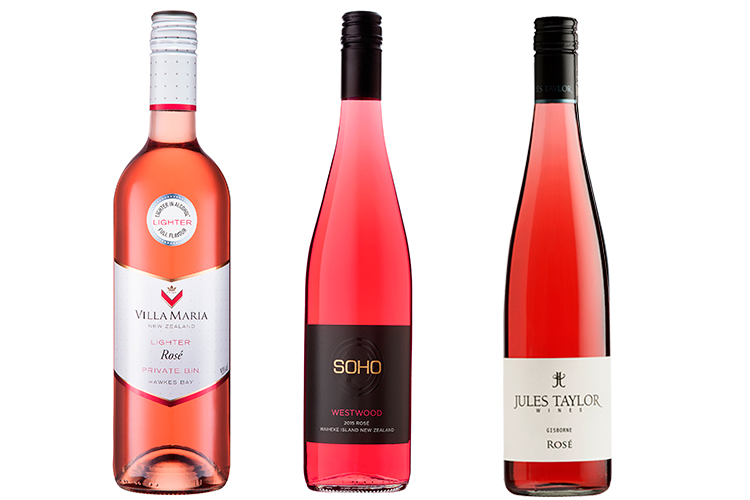
Rosé: 1. Villa Maria Private Bin Lighter Rosé 2014 ($15) – Soft berry and cherry flavours work brilliantly with a fresh watermelon, feta and mint salad; 2. Soho Westwood Rosé 2014 ($23) – Intense raspberry and cream characters, spice, citrus and berries abound; 3. Jules Taylor Gisborne Rosé 2014 ($24) – Raspberry, watermelon and soft herbal notes create a tangy finish.
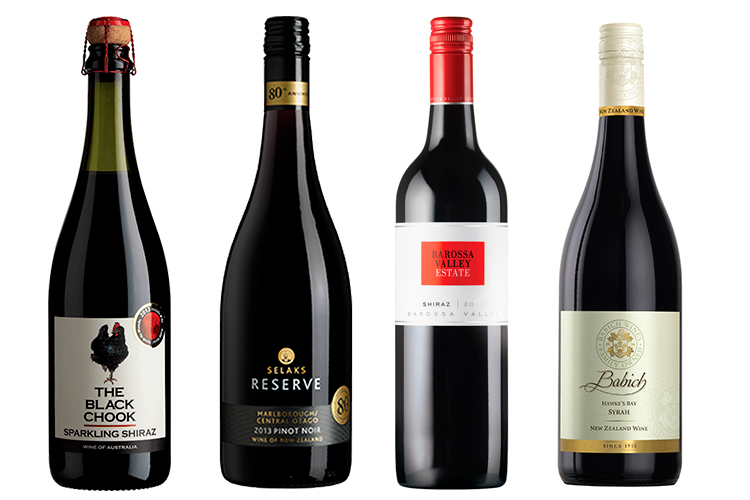
Red: 1. The Black Chook Sparkling Shiraz ($25) – Intense blackberry plum and pepper aromas with a spritzy texture and robust finish; 2. Selaks Reserve Marlborough/Central Otago Pinot Noir 2013 ($22) – This rich, earthy wine goes perfectly with barbecued meats; 3. Barossa Valley Estate Shiraz 2012 ($22) – A delicious shiraz with pepper and plum vibes; 4. Babich Hawke’s Bay Syrah ($22) – Fragrant, bright berry-fruit with a spicy backbone and lush texture.
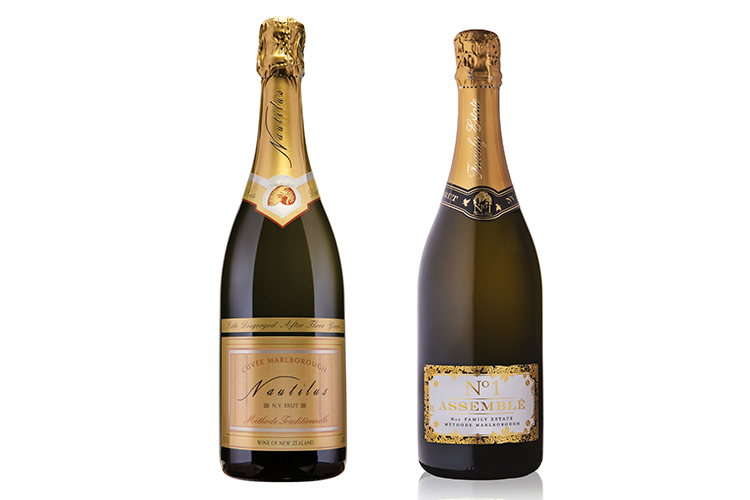
Sparkling: 1. Nautilus Marlborough Brut Cuvée NV ($34) – A great example of a New Zealand sparkler with a creamy, toasty tastiness; 2. No.1 Family Estate Assemble NV ($35) – Pronounced ‘assom-blay’ this is a delicate, citrus-laced blend of pinot noir and chardonnay.
From the editors of Simply You Body & Beauty


